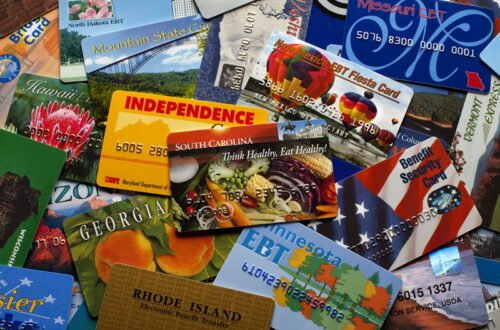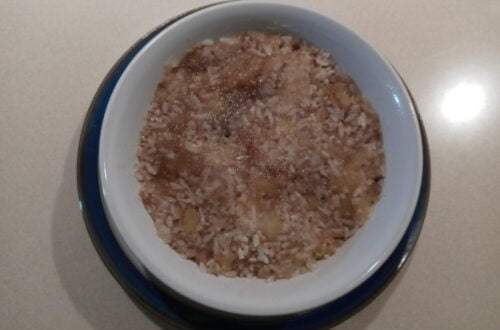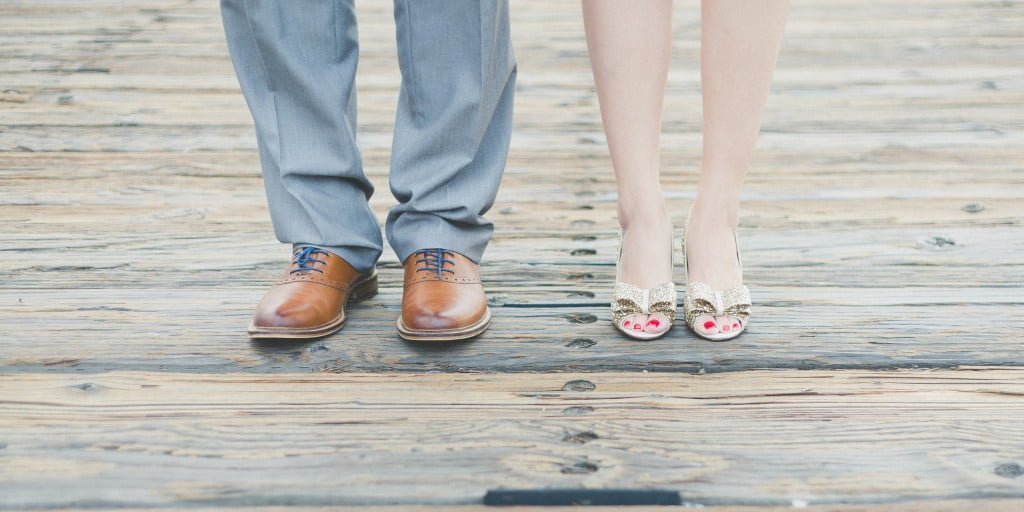
Bunions and Bunionettes…Could It Be Your Footwear?
Updated on 2021-08-12
Disclaimer: I am not a medical professional nor should the following be construed as medical advice. I am merely sharing what has been helpful to me in dealing with bunionettes.
I’ve had very few problems with my feet in the past. Things began to change though in 2010.
I had a fairly long commute to work in 2010. I began experiencing pain on the outside bottom of my right foot just behind the small toe when I walked from my car to the office after my commute. I had recently purchased two pairs of Clark’s shoes and I thought maybe the shoes were causing the pain. Eventually, the pain stopped, only returning sporadically.
Fast forward to March 2018…in the past, I’ve always walked barefoot in most of the carpeted areas of my home, with the exception of the family room. One night I went into the living room to remove the microSD card from the security camera to transfer the video footage to my computer. I took maybe two or three steps and I experienced the worst foot pain of my life on the outside bottom of my right foot, again just behind the small toe. It felt like I had stepped on a piece of glass.
I did some Internet research on top podiatrists in my area, decided on one, and scheduled an appointment. The podiatrist diagnosed a protruding fifth metatarsal head (also known as tailor’s bunion or bunionette) in both feet, the right one being worse as evidenced in the x-ray below.
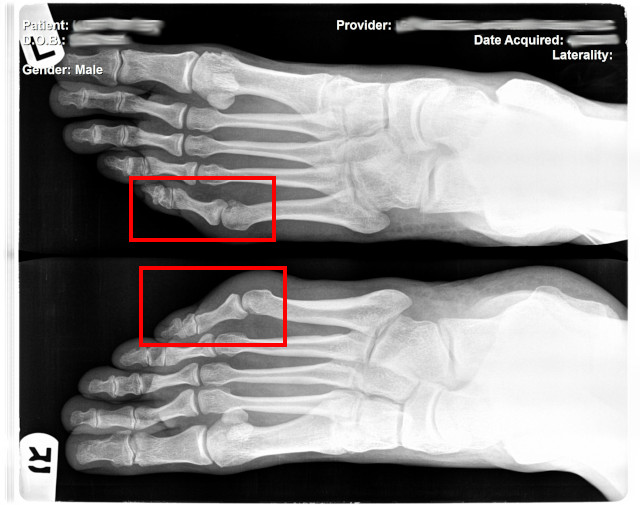
The podiatrist said that calluses had developed because of the condition and the calluses were the cause of my pain. He also stated that the foot pad for the fifth metatarsal was more on the outside of my foot than on the bottom. He stated that surgery was sometimes an option, but his practice generally didn’t like to use surgery because it sometimes causes more problems than it solves. He mentioned custom orthotics, but fortunately he didn’t mention that option again at my next appointment. The podiatrist then proceeded to use a scalpel to shave some of the callused area away from both feet. He then placed silver nitrate on the remaining callused areas of both feet and told me to come back in 10 days.
The podiatrist scraped more of the callused area on both feet on the followup appointment. He told me that I should get in the habit of performing callus maintenance on a daily basis. The podiatrist stated that if I didn’t keep up with callus maintenance, I would be back to see him again. After the podiatrist finished and left the exam room, I looked at the pullout pan below the exam table and there was quite a bit of skin in the pan.
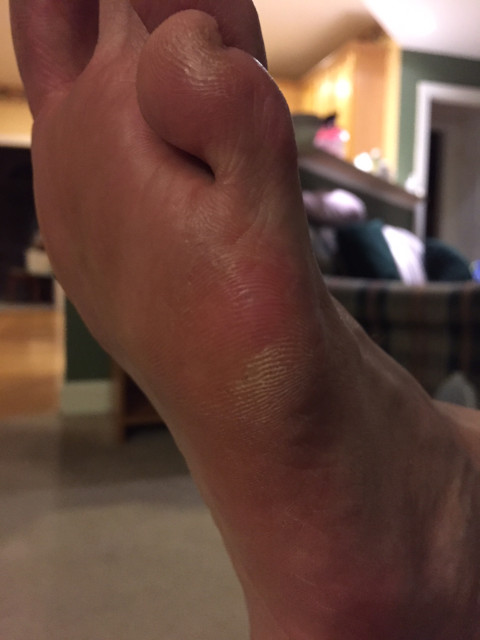 | 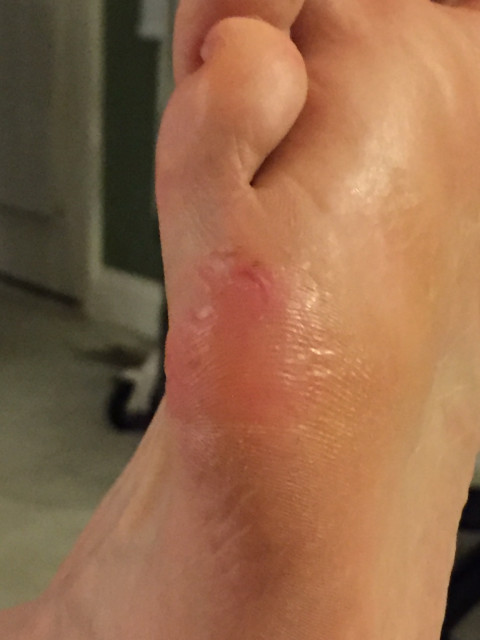 |
So, I thought after the second appointment I would start to get better…WRONG! About a year earlier, I began walking because I’ve read that walking is good for your back. Every time I went for a walk after experiencing the intial foot pain in March 2018, both feet would really bother me for days afterwards. Sometimes even walking around while shopping would bother my feet.
I decided to schedule yet another appointment with the same podiatry office, but with a different doctor to see if I might get a different opinion or diagnosis about the cause of my foot pain.
The weekend of the same week of scheduling the appointment, I decided to do some Internet research on tailor’s bunions and bunionettes. I discovered a YouTube channel created by Northwest Foot & Ankle in Portland, OR. In one of the videos on the channel, Dr. Ray McClanahan discusses how we’re usually born with the perfect foot shape, where the end of the toes are the widest part of the foot.
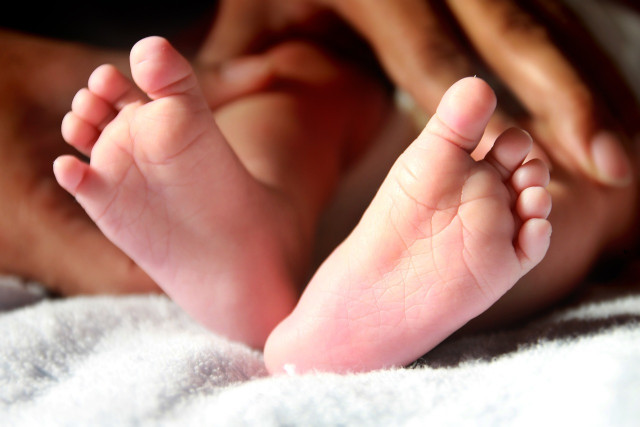
Even baby shoes are usually designed with the widest part of the shoe at the toe box.
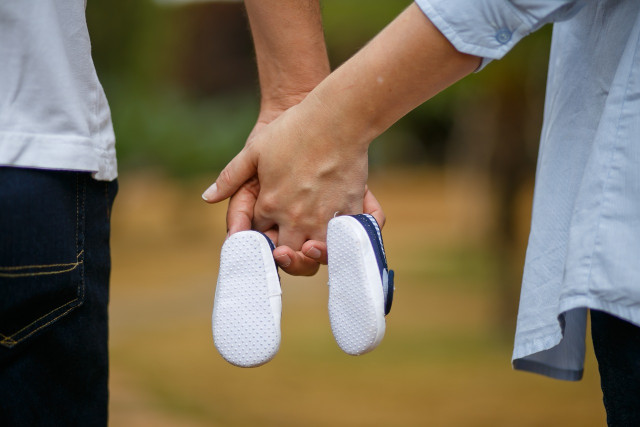
However, at a certain age, shoes are then designed with a narrow toe box and the widest part of the shoe becomes the ball of the foot. Based on research Dr. McClanahan has done, the narrow toe box along with other characteristics of modern footwear have resulted in an increase in foot problems in the Western world.
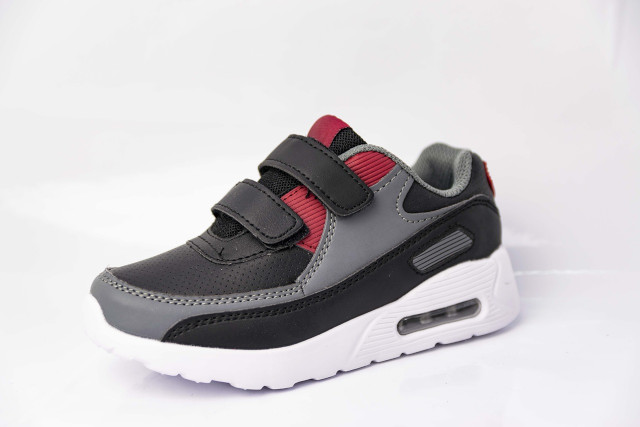
Dr. McClanahan then set about to design an orthotic device that would help reverse the detrimental effects of modern footwear. His solution is a toe-spacing device called CorrectToes. Dr. McClanahan recommends wearing CorrectToes and natural footwear to alleviate and remedy issues caused by wearing modern footwear.
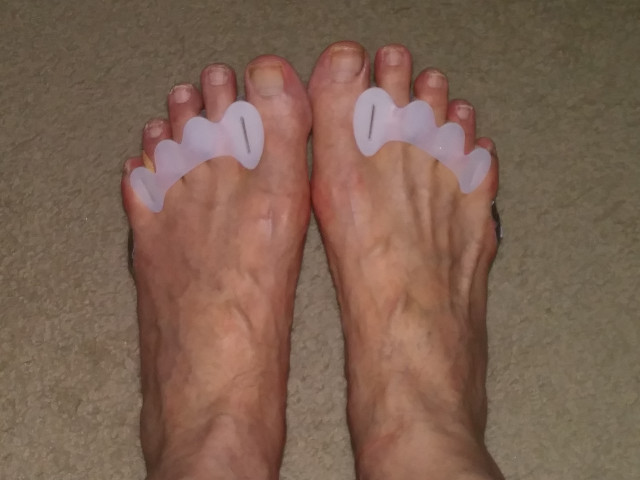
I was convinced, but it was too late to cancel the appointment I made with the podiatrist. I went to the appointment and brought up the subject of footwear possibly causing my bunionette issue. The podiatrist politely stated that we weren’t even going to have that conversation. He specifically stated that he didn’t buy the idea that footwear alone could cause bunionette issues. His recommendation was to use cork padding to alleviate the pressure on my bunionettes.
The weekend of my discovery of CorrectToes, I placed an order for my first pair. I also ordered two pairs of Altra athletic footwear; one pair for everyday wear and the other pair for working in the yard. I began wearing the CorrectToes device and Altra athletic footwear on July 11, 2018. I noticed an immediate difference; the pain from my bunionettes subsided quite a bit. I also noticed that wearing CorrectToes made me walk differently. I walked more flat footed instead of rolling from heel to toe.
My first pair of CorrectToes finally wore out in April this year, so I began wearing a new pair. Dr. McClanahan recommends using old shoe inserts to spread the first or last post as part of the process of widening toe splay. My concern with using old shoe inserts is mold. I wash my CorrectToes twice a week and I would worry about the piece of shoe insert retaining moisture, resulting in mold. I came up with the idea of cutting up my old pair of CorrectToes and using the cut pieces to expand the fourth post on my second pair. The first and fourth posts are hollow, so I cut one side of the fourth post to use as a shim. CorrectToes are made of silicone, which is naturally mold resistant.
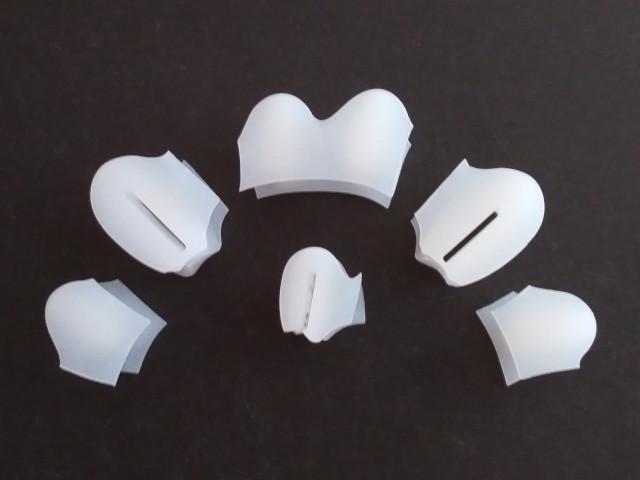 | 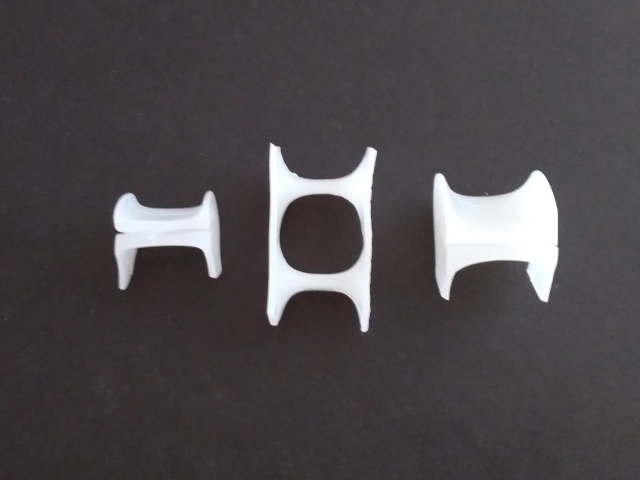 |
Wearing my second pair of CorrectToes led to the development of a corn on the left side of my left fourth toe, so I began only wearing them for about 4 hours a day. I think the ridges from the molds used to manufacture CorrecToes was the cause. Limited wear time meant that I wouldn’t be wearing CorrectToes when I went for walks. I still wore my Altra athletic footwear though. My feet bothered me a little when I walked without the CorrectToes. The discomfort wasn’t bad, but I noticed a difference.
When the corn on my left fourth toe got better, I was able to wear CorrectToes again while going for walks. I experienced a noticeable relief in foot discomfort while wearing the CorrectToes during my walks. So, wearing CorrectToes definitely makes a difference.
Contrary to what Dr. McClanahan states in one of his videos, I find that wearing CorrectToes isn’t that comfortable. I also dislike the fact that they tend to slide down toward the end of my toes, especially when I’m wearing Crocs slides. I find myself frequently sliding the CorrectToes back down when I’m at home. I’ve tried all of the suggestions about remedying the sliding issue: I wore CorrectToes over toe socks, I cut the bottom tips of the first and fourth posts, and I wore CorrectToes under regular socks while wearing shoes. Wearing shoes and socks does a fair job of alleviating the sliding, but I don’t wear shoes and socks in my home. I only wear Crocs slides. Although the CorrectToes aren’t comfortable to wear, the alternative is much worse.
Post header image courtesy of Free-Photos at Pixabay
2019-012



